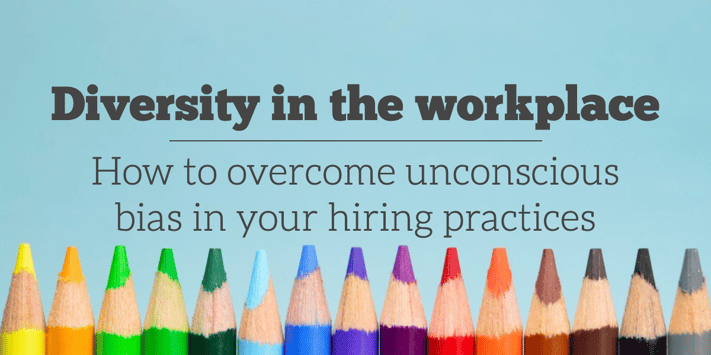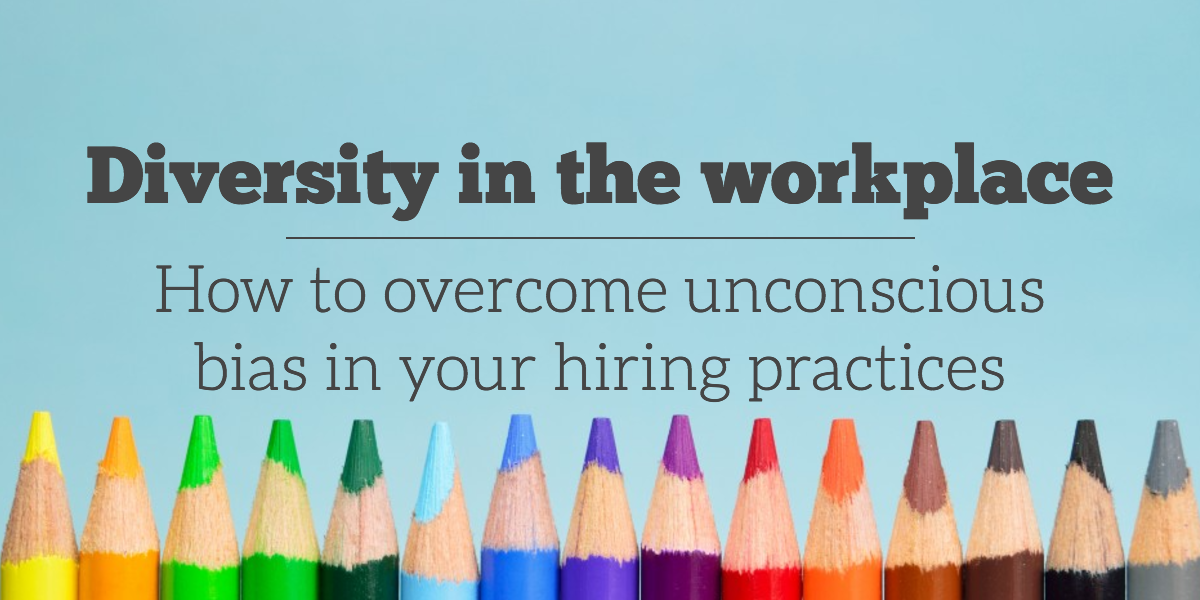
In the 1970s, the Boston Symphony Orchestra (BSO) had a problem: an almost all-male orchestra. This trend also happened to show up in the other top orchestras in the United States at the time. In an experimental process, the BSO implemented blind auditions, placing a curtain between the musician and the judging panel. They even ensured the floors were carpeted to dull the sound of high heels, which might give away an auditioner’s gender.
In short order, the gender mix of the orchestra shifted— from only 5% female representation to 25%. Other top orchestras in the country adopted this practice throughout the 1970s and ‘80s, and it’s now a well-established industry standard.
This change made waves in the music world, demonstrating the benefits of reducing unconscious bias in the audition process. It was never the case that female musicians were less skilled than their male counterparts. The problem lay in the unconscious bias the judges applied to the people that auditioned. Because they were used to seeing a male-dominated orchestra, their mental image of an orchestra musician was male.
When hiring managers or other company leaders create a job description for an opening, they often approach the process already equipped with a mental picture of the kind of person they imagine for the role. This unconscious bias can be shaped by past work experiences, media representation, or any number of other factors. Whether these mental models are the result of intentional closed-mindedness or not (and they generally aren’t), the result is the same: companies end up repeatedly hiring the same kinds of people.
The benefits of diversity in the workplace have been researched and written about extensively for the past several years. Companies with diverse workforces see a broad range of benefits: stronger team dynamics, more innovative problem-solving, and often— as a result— higher profits. Building a diverse staff is not just widely understood as an ethically-correct choice; it’s good business.
If your company is ready to start hiring more diverse candidates, there are a few steps you can take to overcome the unconscious biases that too often influence final hiring decisions. Here are some places to start:
Acknowledge your biases
The term “biased” is an unfortunately loaded one, conjuring up images of hateful, bigoted, or intentionally exclusionary people. That often results in a knee-jerk reaction from anyone it’s used to describe.
But the truth is that all humans have biases we bring into our day-to-day interactions, including those in the workplace. Becoming aware of the mental models that guide your understanding of what makes an ideal employee is a great place to start overcoming your biases. This will also help you make decisions about how to stop those biases from creeping into your hiring decisions.
Evaluate your job description before you post it
In order to get a diverse pool of candidates, you have to ensure that your job posting doesn’t have an exclusionary tone. By unintentionally telegraphing what you imagine the ideal candidate to be, you’ll also subtly discourage other qualified candidates from applying.
Before posting your job descriptions online, have various team members read through them to flag anything that seems preferential or exclusionary to people of a specific race, gender, or age group. You can also try running them through a tool like Textio, which highlights phrases that have a gendered tone and suggests more neutral alternatives.
Obscure irrelevant information
From your first glance at an applicant’s resume, their demographic information can signal things about them that may or may not fit your mental model for the ideal candidate. For instance, names can signal gender or ethnicity, and graduation years can help you more or less ascertain their ages. Even the name of a candidate’s college or university can create a picture of them; all-women’s colleges or historically black colleges may reveal race or gender, while a degree from a prestigious university can make a candidate seem highly qualified, even if they aren’t.
Additionally, the inclusion of candidates’ hobbies or interests might sway hiring managers’ decisions about whether or not to move forward. Sharing personal interests with the boss does not necessarily make for a qualified employee. What should matter most is an applicant’s qualifications— their relevant work experiences and achievements.
To get a better idea of whose applications you should proceed with, you may want to enlist someone in the office (who does not have a say in the hiring process) to pull out only the relevant skills and experiences from resumes or applications, excluding anything else that might create an unfair advantage or disadvantage.
Use structured interviews to level the playing field
Just as a candidate’s personal interests may make them more or less likely to get invited in for an interview, they can also be the difference between a second interview and a rejection letter. While it’s nice to be able to connect with job applicants and employees on a personal level, that generally has little to no bearing on their abilities to perform their jobs.
Using a highly structured process—at least for initial interviews— is one way to avoid being swayed by personal affinities. Write questions that focus on the applicant’s qualifications, and ask every interviewee the same questions in the same order. Keep the focus on relevant job skills and experience, and avoid letting the conversation veer into personal territory. Being vigilant about this reduces the likelihood that impertinent factors like hobbies or common interests will sway your final hiring decision.
Diverse and representative workforces are not the result of happenstance; they come from a diligent commitment to fairness. Hiring the most qualified person for the job often means setting aside your assumptions about what that person should look like, and taking the necessary steps to prevent your unconscious biases from swaying your decision. While this may feel like swimming upstream, the resulting gains for your business and company culture will be well worth the extra effort.
